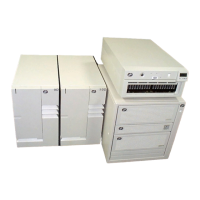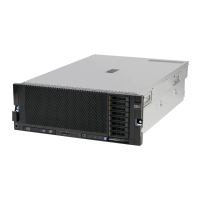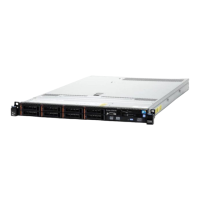Xon/Xoff Modems
Some modems of the mid-80's vintage assume software flow control (Xon/Xoff)
between the computer and the modem. Modems with this design send extra
characters during and after the transmitted data. The Service Processor cannot
tolerate these extra characters. If your configuration includes such a modem, your
functional results may be unpredictable.
The sample modem configuration files included in this package do not support these
modems, so custom configuration files would be necessary. Anchor Automation
2400E is an example of such a modem.
Most newer modems do not use this design. It is recommended you use modems of
newer vintage if you experience unexplainable performance problems that may be
due to Xon/Xoff characters.
Ring Detection
Most modems produce an interrupt request each time they detect a ring signal.
Some modems generate an interrupt only on the first ring signal they receive. AT&T
DataPort 2001 is an example of such a modem.
The Service Processor uses the ring interrupt request to count the number of rings
when Ring Indicate Power-On (RIPO) is enabled. If your modem produces an
interrupt on only the first ring, set Ring Indicate Power-On to start on the first ring.
Otherwise, you may choose to start Ring Indicate Power-On on any ring count that
makes your operation convenient.
Terminal Emulators
The Service Processor is compatible with simple ASCII terminals, and therefore
compatible with most emulators. It is for the cases when a remote session is
handed off from the Service Processor to the operating system that agreeing terminal
emulators becomes important.
Switch Position Function
11 *Up AT Responses Enabled (Extended Responses Disabled)
12 *Down Asynchronous Operation
13 UP 28.8KB Line Speed
14 Up
15 Up CD and DSR Normal Functions
16 Up 2-Wire Leased Line Enabled
* Only switches 11 and 12 are changed from the factory default settings.
Appendix D. Modem Configurations D-5

